One of the World’s Greatest Diamond Collections is Now on View to the Public
The world’s largest and most valuable collection of Australian natural colored diamonds has transformed the Melbourne Museum in Australia into a shimmering wonderland of Earth’s treasures.
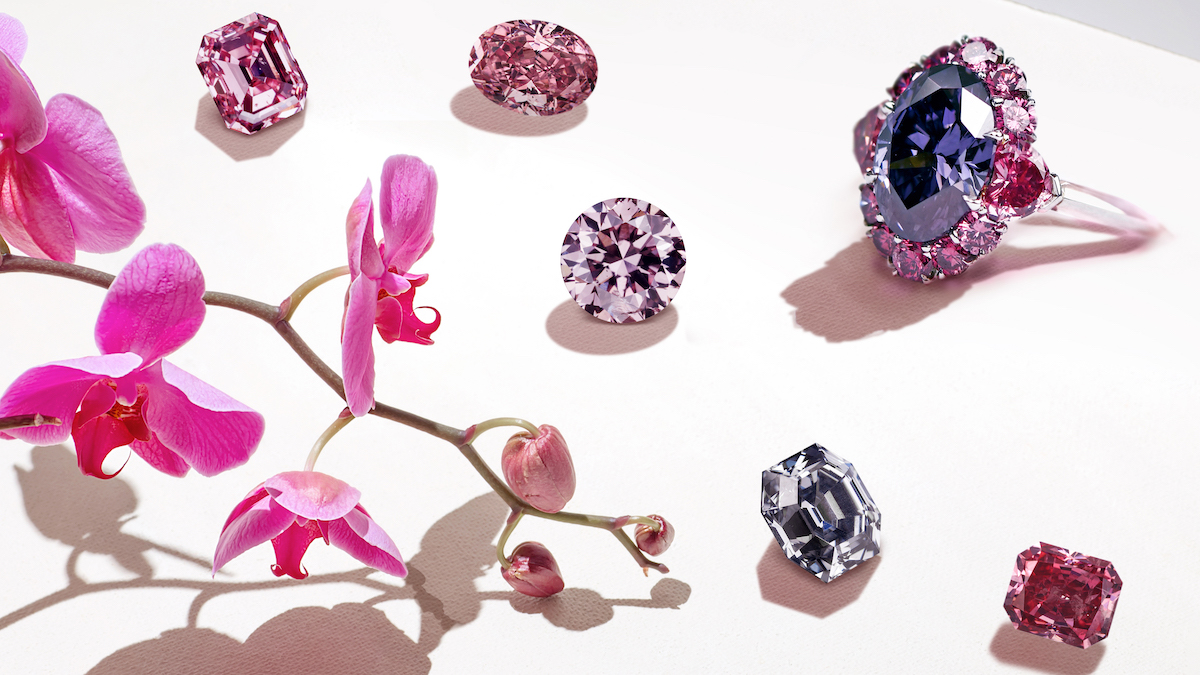
The Melbourne Museum partnered with legendary New York-based diamantaire L.J. West to provide a once-in-a-lifetime opportunity for visitors to marvel at some of the rarest, most valuable, and most beautiful miracles nature has produced. The Pink Diamonds exhibit will showcase more than 100 genuinely unique gemstones found in Australia’s Kimberley region. Around 75 pieces in the exhibition are loose natural colored diamonds, and there are also fifteen finished high-jewelry pieces set with natural colored diamonds. Diamonds and jewelry in this exhibition are valued in hundreds of millions of U.S. dollars.
Natural colored diamonds have long been valued and their value continues to increase. The perfect alignment of conditions within the Earth for natural color diamonds to form occurs very rarely, making them extraordinarily precious.
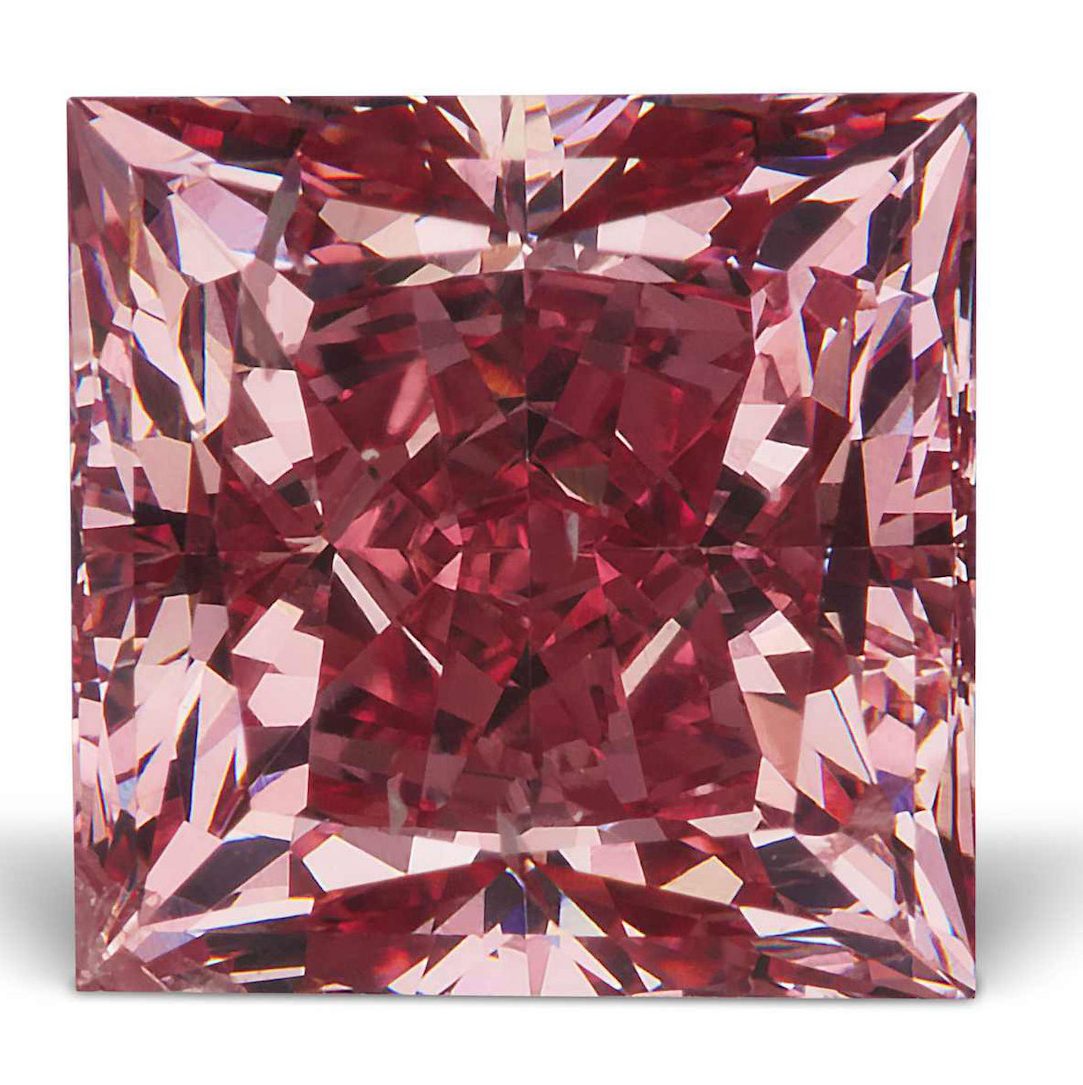
“Museums Victoria is pleased to present this world-first display of some of the Earth’s extraordinary beauties,” Museums Victoria Director & CEO Lynley Crosswell said.
“The exhibition will bring to light their dazzling hues, the fascinating science and the precise skill required to cut these exquisite gemstones.”
The exhibition’s location in Australia is very fitting as Australia is known as one of the largest diamond-producing countries in the world. 90% of all pink diamonds ever discovered have been found in Australia. To visualize their rarity, consider this, all the Australian pink diamonds that have ever been sold can fit into two champagne flutes. Even though pink diamonds are among the rarest of all gems, other naturally colored diamonds in this exhibition make even pink seem abundant.
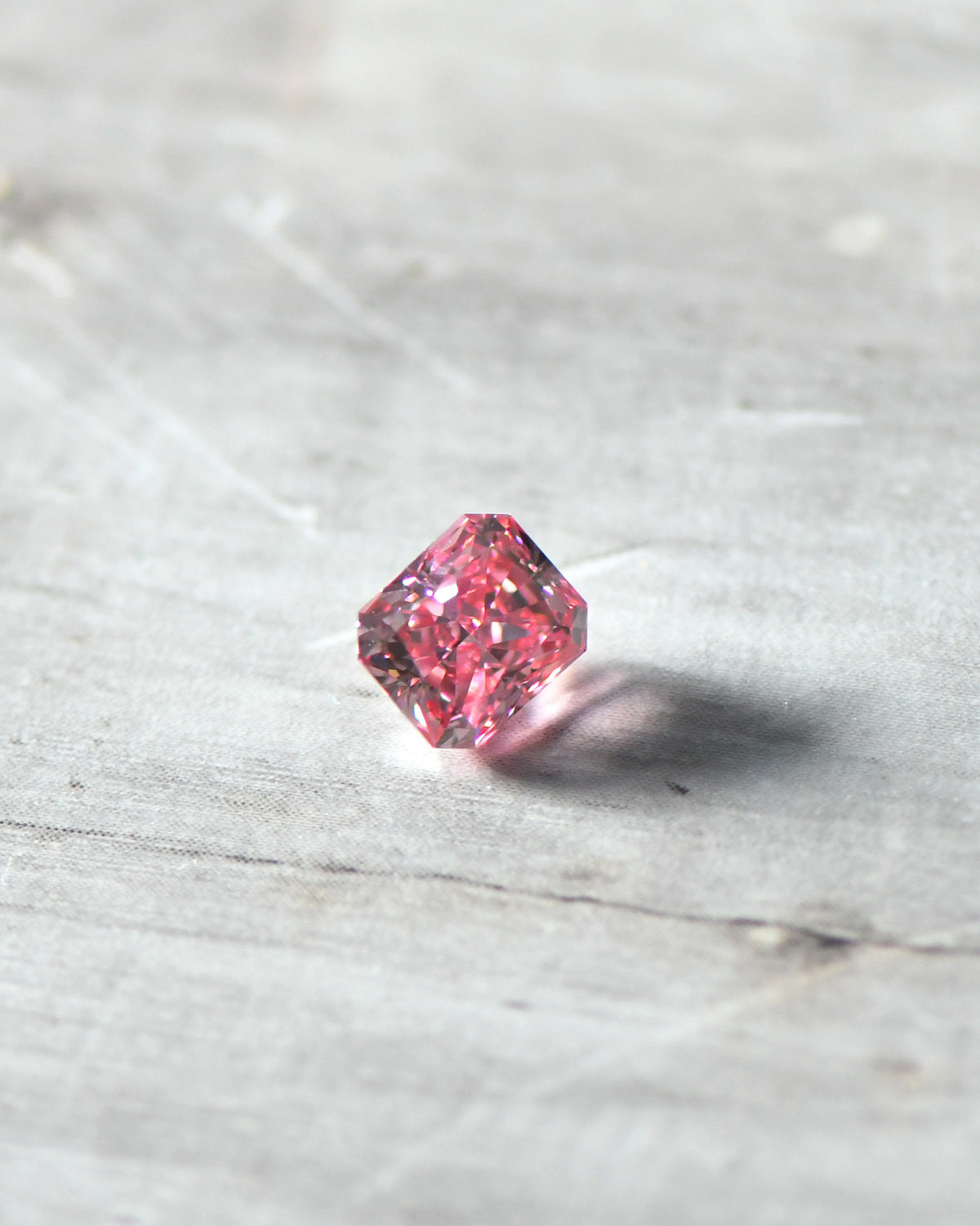
The spectacular collection includes the 2.83-carat Argyle Violet diamond, one of the most spectacular gems on Earth. It is ‘one of the rarest jewels in the world – the Picasso of the collection,’ said Larry West. Placed in the Natural History Museum in Los Angeles in 2016, it is the only stone in history to carry this color grading. The violet diamond is hundreds of times rarer than a pink diamond.
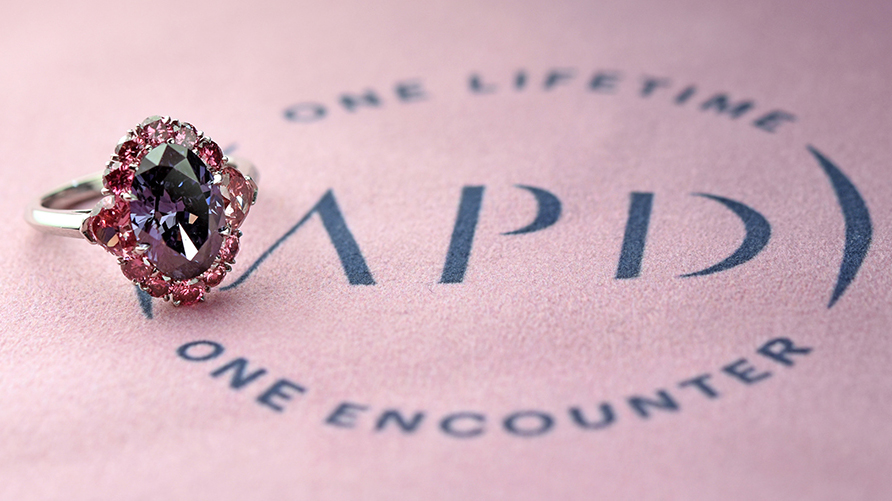
Also included in the Pink Diamonds exhibit is arguably the rarest of all natural diamond colors, red. According to Argyle Pink Diamonds, there have been only 34 fancy red color diamonds offered in the history of the Argyle Signature Diamond Tender (an annual sale of the rarest diamonds from Australia). With the majority of natural red diamonds originating from Australia, this small number shows the importance of every natural red diamond.
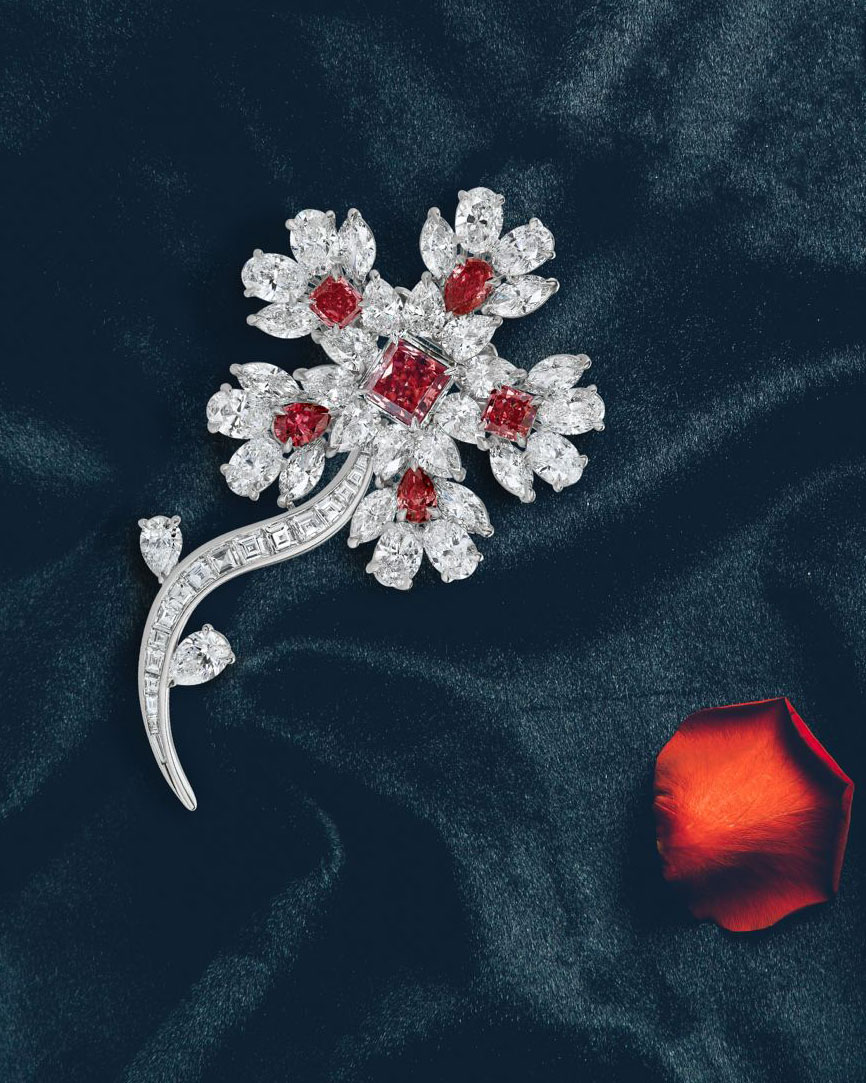
The Red Winter Flower Brooch – 2.15 carats worth of Natural Red Diamonds in a handmade masterpiece. The design features 6 Natural Red Diamonds set in a platinum flower brooch with the center diamond a .74 ct Fancy Red Radiant and five red diamond petals; additionally, there are 48 pears, marquise, and baguette colorless diamonds. – (Only piece of jewelry with 6 natural red diamonds from Australia.
Larry West has been building his collection of Argyle Pink diamonds for over 30 years, many of which have never been on public display. “I am thrilled for the best of the collection to be back in Australia and presented as the largest pink diamond exhibition ever,” says Larry West.
L.J. West Diamonds, Inc. is a three-generation natural colored diamond wholesaler founded in the late 1970s. For over 30 years, Larry West has been studying and collecting some of the rarest diamonds. His expertise in analyzing rough natural colored diamonds and bringing out their true color potential is a masterful skill that has helped establish them as one of the world’s most prominent houses for some of the rarest and most important natural fancy colored diamonds ever unearthed.
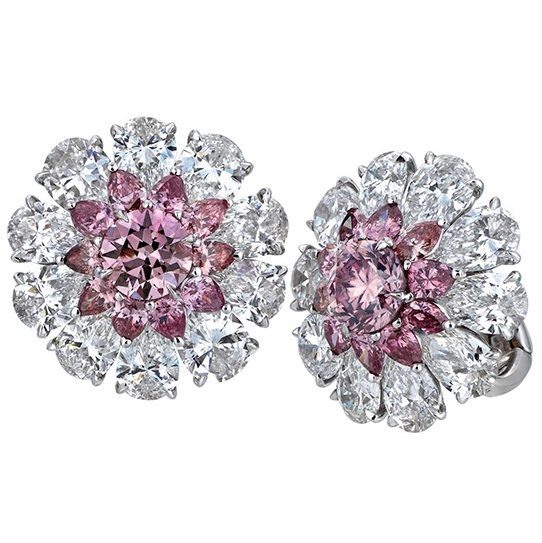
“Our planet created these flawless diamonds over 1.6 billion years ago,” said Museums Victoria Research Institute’s Head of Sciences Dermot Henry.
“Finding a pink diamond is like retrieving the ‘needle from the haystack’; only one carat in every million will display this intense pink color. They remind us how truly wonderful nature is.”
This once-in-a-lifetime opportunity will allow audiences to discover what gives pink diamonds their jaw-dropping color, and the art behind cutting, polishing, and setting diamonds into fine jewelry.
Pink Diamonds exhibit is showing at Melbourne Museum from November 5, 2022 – January 29, 2023, and is free with Museum entry. Book tickets here.
